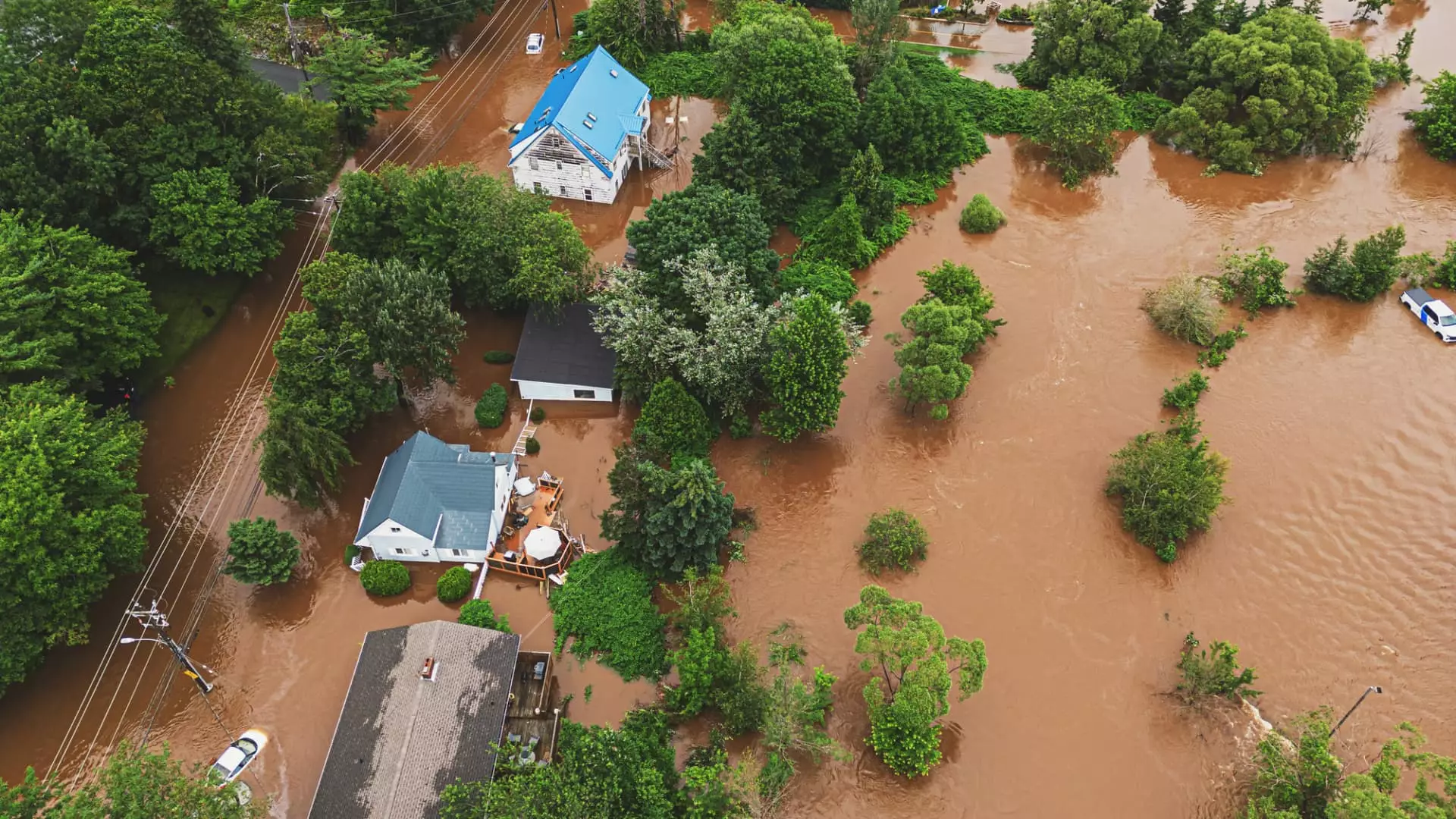The impending reauthorization deadline of the National Flood Insurance Program (NFIP) on September 30 is sending shockwaves through the real estate market. Consumers looking to buy, sell, or refinance their homes are facing uncertainty as Congress grapples with the decision to extend the program. Without an extension, the NFIP will be unable to issue new policies or increase coverage on existing policies, making it challenging for buyers and sellers to navigate the flood insurance requirements.
Established in 1968, the NFIP has faced numerous reauthorization deadlines over the years, with Congress extending its authorization 30 times and allowing it to lapse briefly three times. The constant back-and-forth has left homeowners, lenders, and real estate agents on edge, unsure of the program’s future. Experts warn that a lapse in the NFIP’s authority could result in halted home sales and delayed closings, impacting thousands of transactions.
While some homeowners may turn to private insurers for flood coverage in the absence of the NFIP, the options are limited. The majority of flood insurance policies are provided through the NFIP, making it the go-to source for most consumers. A lapse in the program could lead to difficulties in finding alternative coverage, as private insurers may not have the capacity to fill the gap left by the NFIP.
Current NFIP policyholders may find themselves shielded from the effects of a lapse, with existing policies remaining in force and claims continuing to be paid during the interim period. However, homeowners with policies up for renewal around the reauthorization deadline are advised to act proactively and renew early to avoid any disruptions in coverage. Refinancing homeowners should also consider the timing of the deadline to ensure compliance with their lender’s flood insurance requirements.
Critics of the NFIP often cite concerns over policy pricing, with the program historically being perceived as subsidized. The recent implementation of Risk Rating 2.0 by FEMA aims to address this issue by reflecting the true cost of flood risk in policy pricing. However, the abrupt increase in premiums has sparked backlash from homeowners, especially those in coastal areas. Calls for Congress to revise the program and make flood insurance more affordable have been met with bipartisan efforts to find a solution.
Despite the challenges and criticisms surrounding the NFIP, Congress is unlikely to let the program expire completely due to the millions of homeowners reliant on its coverage. The ongoing debate over the program’s future highlights the complexities of balancing affordability, risk management, and regulatory oversight. As the reauthorization deadline looms, homeowners, policymakers, and industry experts are closely monitoring the situation to ensure that the NFIP continues to provide essential flood insurance coverage for at-risk properties.
The imminent reauthorization deadline of the NFIP presents a critical moment for homeowners and the real estate market. The uncertainty surrounding the program’s future underscores the need for proactive measures and contingency planning to mitigate any potential disruptions in flood insurance coverage. As Congress grapples with the decision to extend the NFIP, stakeholders must stay informed and prepared for any changes that may impact their homes and financial well-being.

